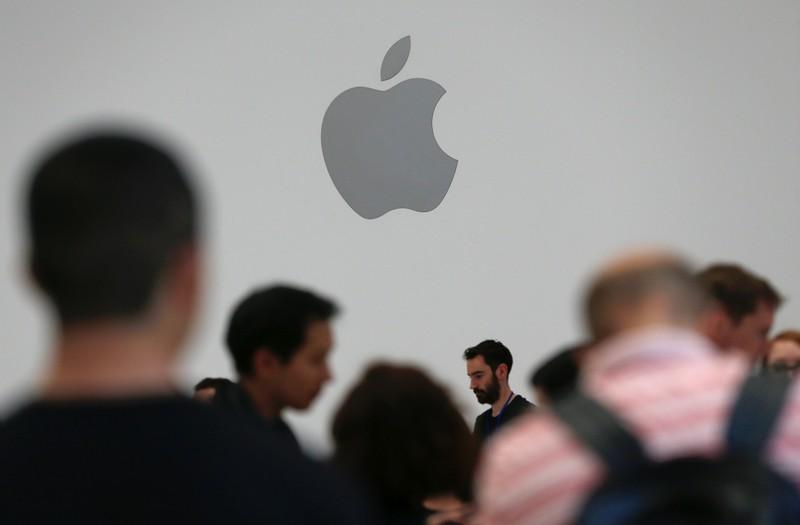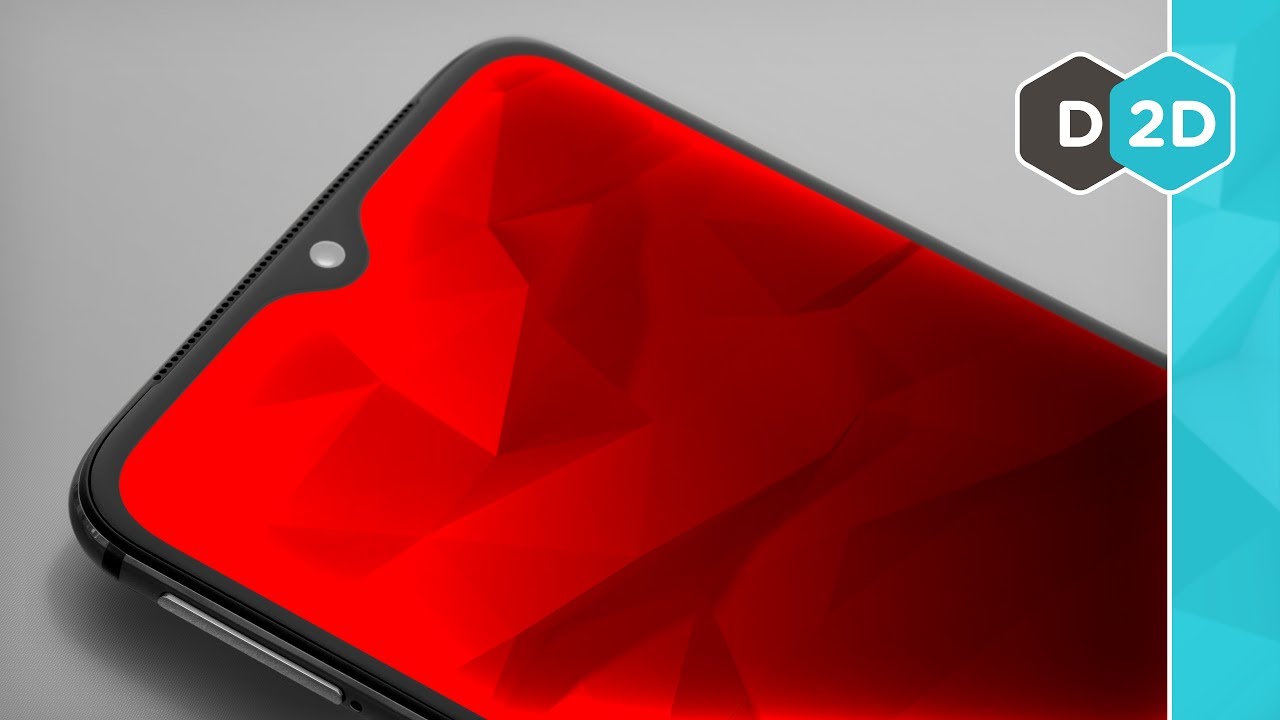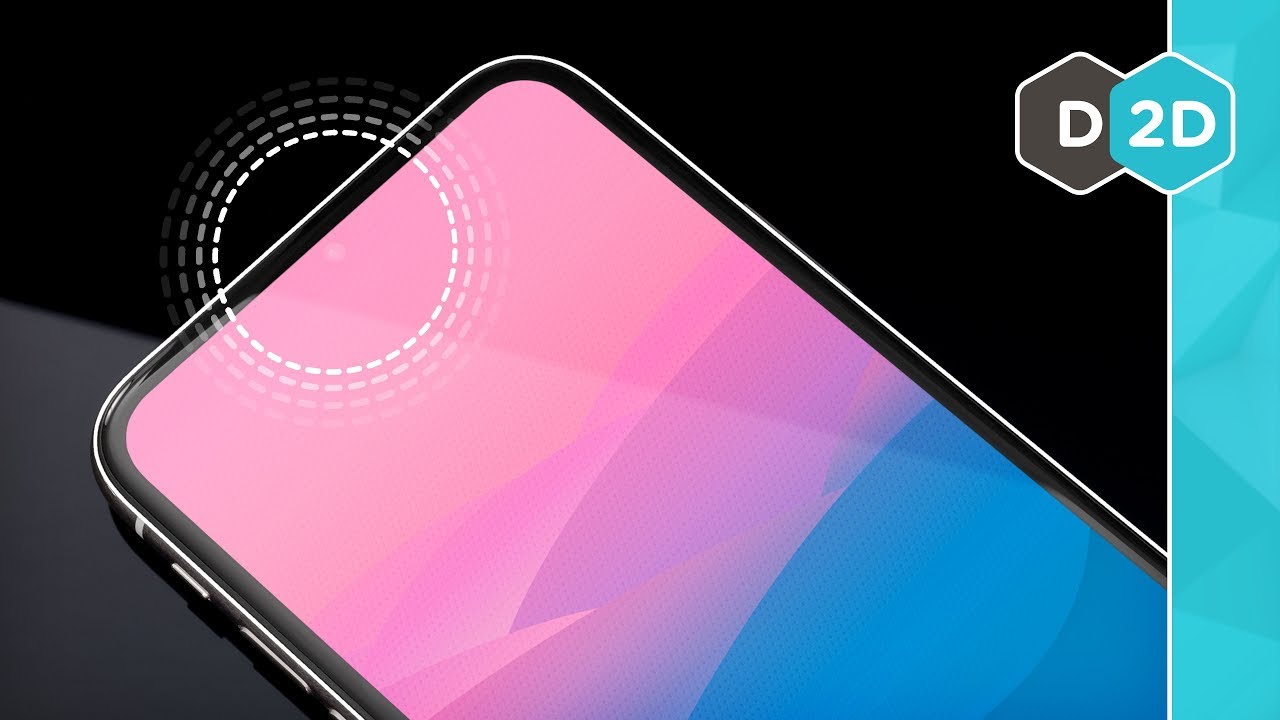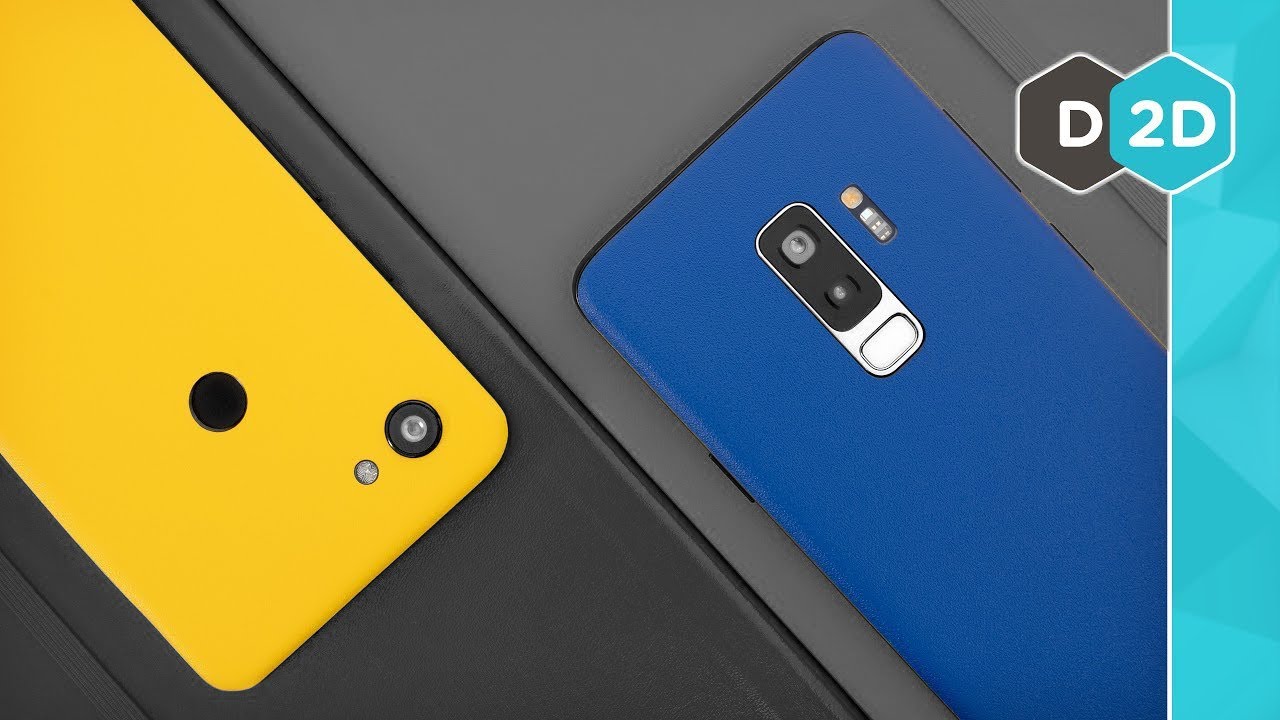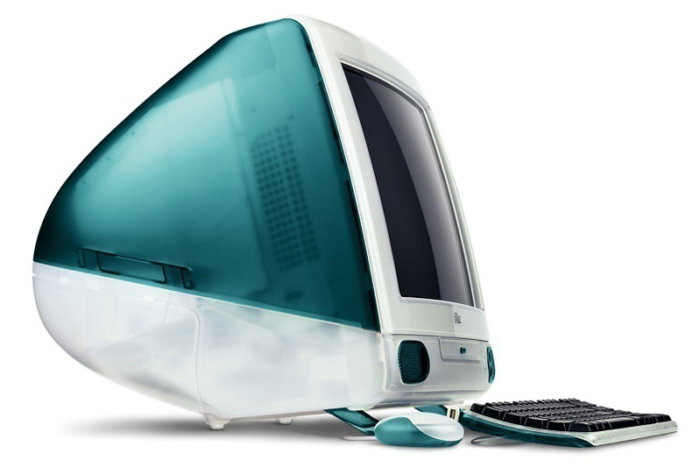
Editor’s word: 21 years in the past right now, Apple formally launched the iMac. To commemorate the anniversary, we’re reposting this text that initially appeared on the iMac’s tenth anniversary on August 15, 2008.
The iMac made an immediate impression when Apple first unveiled it in May 1998. But it didn’t begin to actually shake issues up unitl it started to ship—which occurred on August 15, 1998. Arguably the most influential desktop laptop of the final decade, the authentic iMac’s specs appear quaint by right now’s requirements. For $1,299, you got here house with a 233MHz PowerPC G3 processor, 32MB of RAM, a 4GB onerous drive, a 15-inch built-in monitor, and stereo audio system—all in an amazingly trendy case.
The Bondi Blue marvel heralded the return of Steve Jobs as a visionary chief for Apple, and it halted Apple’s mid-1990s monetary freefall. Initially marketed as an easy-to-use gateway to the web, the iMac transcended that straightforward position and redefined the desktop PC market—to not point out client industrial design—perpetually.
But have you ever ever puzzled how? Here are eight ways the authentic iMac shook the world.
The iMac killed beige
Before the iMac, private laptop enclosures had been caught in a design rut. Most producers produced beige or grey steel bins, every designed as a merely practical piece of apparatus as a substitute of an aesthetically pleasing inventive device. The iMac’s design shattered the established order with its desire for light curves over harsh corners, and for vibrant colour over uninteresting neutrality. Apple even coined a brand new time period, “Bondi Blue”—a blue-green hue named after Australia’s Bondi Beach shoreline—to explain the colour of its new machine. Combined with an ice-white pinstripe sample, the colour scheme create a shocking enclosure theretofore unseen in the PC world. It made fairly an affect on the public, however that was solely the starting.
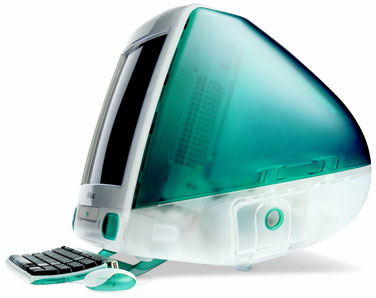
It hit us in the “i”
iThis, iThat—iPod, iPhone, iChat, iLife, iSight. Where did all these lowercase iPrefixes come from. You can thank the iMac for beginning this ubiquitous Apple branding pattern.
The “i” in “iMac” initially stood for “internet” (or alternately: “individual, instruct, inform, or inspire,” in response to Steve Jobs’ introductory 1998 iMac slide present). The “i” prefix even trickled out to non-Apple product names—principally in the type of iPod equipment. After the web grew to become ho-hum on a regular basis information, Apple’s iPrefix shifted that means to serve puns like “iSight,” or to ambiguously indicate the empowering first-person pronoun “I,” as in “iChat.”
Catching the web wave
Apple’s first advertising and marketing angle with the iMac relied closely on the increasing recognition of the web in the mid-1990s. With the “i” in “iMac” being quick for “internet,” Apple billed the iMac as a simple approach to get linked to the international community (in simply two steps, in response to one…
https://www.macworld.com/article/1135017/imacanniversary.html#tk.rss_all


